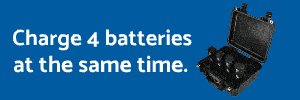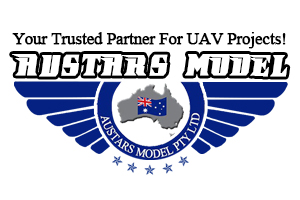- Joined
- Aug 25, 2023
- Messages
- 6
- Reaction score
- 0
- Age
- 75
Why 3 miles? I guess the visibility requirement could be so the pilot or VO can see the drone from 3 miles away and an airplane pilot can see the drone 3 miles away.
On the other hand, I suppose I'm missing something and the pilot or VO needs to be able to see the drone when it is 3 miles away and, AND see any approaching aircraft that are 3 miles from the drone so that would require 6 SM. I must be wrong about the latter
On the other hand, I suppose I'm missing something and the pilot or VO needs to be able to see the drone when it is 3 miles away and, AND see any approaching aircraft that are 3 miles from the drone so that would require 6 SM. I must be wrong about the latter






